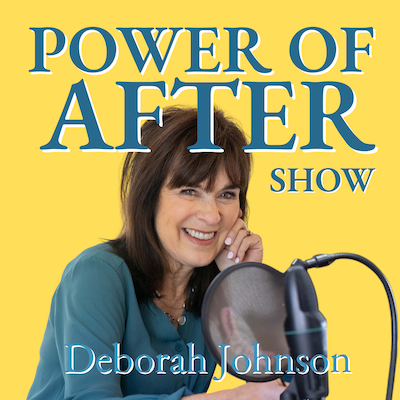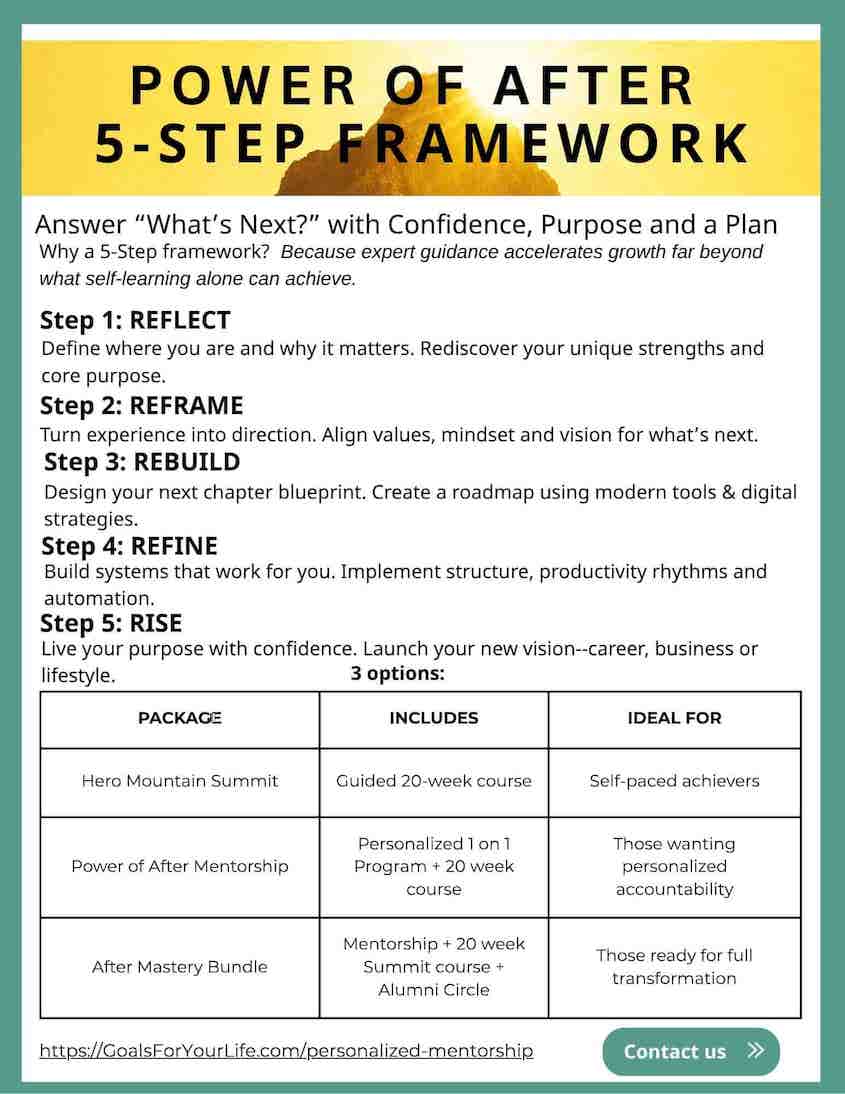Burnout is no longer a rare occurrence—it’s a reality many of us face, especially at midlife and also when faced with life after intense competition. High achievers, professionals, entrepreneurs, and former athletes often push themselves beyond sustainable limits. Yet, understanding the roots of stress, how our body processes it, and the cultural myths that fuel burnout can help us not only survive but thrive.
In this article, inspired by a conversation with Christy Nichol, burnout recovery coach and former competitive gymnast, we’ll explore:
- The role of internal and external stressors
- How to unlock the body’s physiological stress cycle
- The top myths and mindsets fueling burnout
- Why burnout is so prevalent at midlife, especially for high achievers and athletes
- The power of positive re-appraisal to shift perspective and reclaim purpose











Internal and External Stressors: Two Sides of the Same Coin
Stress doesn’t come from just one place. Stress can come from most any field of performance as well as athletics. We cover two distinct categories:
External stressors are the obvious ones:
- Workload and deadlines
- Shifting economies and technology changes
- Caring for both aging parents and growing children (the “sandwich generation”)
- Health challenges and unexpected life transitions
These are largely outside of our control and trying to micromanage them often leads to frustration.
Internal stressors are the more insidious kind. These are the voices in our heads whispering:
- “I’m not good enough.”
- “I can’t fail—people are counting on me.”
- “Others are more qualified.”
High performers, especially former athletes and competitive professionals, tend to have intense internal conversations that drive them harder than necessary. While ambition and discipline are valuable, unchecked internal stressors can amplify exhaustion and perpetuate cycles of burnout.
Takeaway: External stress may be unavoidable, but internal stress is often self-generated. Learning to recognize and redirect inner dialogue is the first step toward resilience. I have incorporated self-talk out loud, though mostly outside when no one is around!
Unlocking the Body's Physiological Stress Cycle
When stress hits, our body responds immediately. Heart rate spikes, blood pressure rises, breath quickens, digestion slows, and immunity weakens. This reaction is hardwired into us—it’s the same survival mechanism our ancestors used when confronted with lions and tigers.
The problem today? Our stressors rarely involve predators. They involve emails, deadlines, or relationship strain. Yet our body reacts as if we’re in mortal danger. Without a way to release that biological tension, the stress cycle remains incomplete, keeping us in a constant state of “fight or flight.” This is verified by Howard E. LeWine, MD of Harvard Health Publishing.
Christy emphasizes a key principle: Body First, Business Second.
This means intentionally completing the stress cycle through physical activity and mindful practices. Some effective methods include:
- Movement/Exercise: Walking, dancing, running, or stretching—muscular activity helps reset our physiology.
- Breathing Techniques: Slow, deep exhalations lower stress hormones and calm the nervous system.
- Creative Outlets: Singing, painting, or journaling can offer release.
- Connection: Safe, supportive social interaction signals the body that it’s no longer under threat.
Even five to ten minutes of intentional action can help complete the stress cycle and return the body to balance.
Takeaway: Stress is inevitable but staying in stress is optional. Small, body-first practices can help reset the system and build resilience. Taking time to add stretching, incorporating yoga or Pilates exercises can be extremely beneficial.
Top 3 Myths and Mindsets that Fuel Burnout
Burnout isn’t just about working too much—it’s also about believing the wrong stories. High achievers can easily fall into mindsets that fuel exhaustion. Here are three destructive myths:
1. “Perfection is the goal.”
Former athletes know the pressure of needing a perfect score and this can start at a very young age. But this mindset is often carried into careers and leadership roles. The truth: failure is part of growth. Redefining failure as learning helps reframe challenges as steppingstones, not dead ends. The book Fail Fast, Fail Often is a good resource for this mindset.
2. “Rest is weakness.”
From locker rooms to boardrooms, the culture of “push through” runs deep. But constant “in-season” performance without off-seasons leads to collapse. Rest isn’t indulgent—it’s strategic. Just as athletes require recovery to perform at peak, professionals need breaks to sustain creativity and productivity.
3. “I have to do it all.”
Burnout thrives when boundaries are weak. Many professionals—both men and women—struggle to delegate, ask for help, or say no. This leads to overextension and chronic stress. The truth: collaboration and boundaries build strength, not weakness.
Takeaway: Releasing these myths allows us to replace toxic productivity with healthier, sustainable rhythms of work and life.
Why Burnout is Prevalent in Midlife
Burnout peaks in midlife for both men and women, though often for different reasons.
For Women:
- Physiological Shifts: During perimenopause and menopause, adrenal glands take on new hormone-regulation roles. Since these glands also manage stress, the dual demand intensifies fatigue and burnout. (see article below)
- Emotional Load: Women often carry hidden labor—emotional care for families, coordinating schedules, and managing household details—which adds invisible weight.
- Sandwich Generation: Balancing responsibilities for both children and aging parents compounds the strain.
For Men:
- Boundaries & Delegation: Many men, especially in leadership roles, resist asking for help, believing they must carry the load themselves.
- Pressure to Perform: The internal demand to always be “strong” and “capable” prevents men from showing vulnerability or seeking support.
- Identity & Role Shifts: Mid-career transitions, industry changes, or physical slowdowns can challenge their sense of worth and purpose.
Takeaway: Burnout isn’t a sign of weakness—it’s a sign of carrying too much, often for too long. Recognizing the unique pressures of midlife helps normalize the struggle and open doors to healthier solutions.
The Power of Positive Re-Appraisal
At the core of burnout recovery lies mindset. Positive re-appraisal is the practice of reframing challenges—not with toxic positivity, but with honest perspective.
For example:
- Instead of “I’m failing at this transition,” reframe to “I’m learning new skills for a new season.”
- Instead of “I can’t keep up,” reframe to “My pace is shifting, and I’m focusing on what matters most.”
- Instead of “My best years are behind me,” reframe to “My experience is my advantage for what’s next.”
Positive re-appraisal doesn’t deny stress. It acknowledges it, then asks: What else could this mean? What opportunity might be hidden here?
Asking ourselves questions and creating intentional routines, whether for health, relationships, or purposeful work, provides a framework to thrive in the “Power of After.”
Takeaway: Midlife transitions don’t erase identity; they expand it. By re-appraising challenges, we uncover resilience, creativity, and new opportunities for fulfillment.
Conclusion: Thriving in the Power of After
Burnout doesn’t have to define the second half of life. By distinguishing between internal and external stressors, completing the body’s stress cycle, rejecting cultural myths, and embracing positive re-appraisal, we can turn midlife challenges into powerful opportunities. (Click here for 5-Step framework!)
Our mobility, resilience, and purpose grounded in our core values are true wealth. With intentional structure and a reframed mindset, midlife can become the season of greatest growth—not decline.
So, the next time stress feels overwhelming, remember: Body first, business second. Take that breath, move your body, and reframe the challenge. The Power of After isn’t about what you’ve left behind—it’s about what you’re building next.
Additional Resources
Fail Fast, Fail Often: How Losing Can Help You WIN by Ryan Babineaux and John Krumboltz
Physiology, Stress Reaction from the National Library of Medicine by Brianna Chu; Komai Marwaha; Terrence Sanvictores; Ayoola O. Awosika; Derek Ayers
Adrenal Androgens and the Menopausal Transition, National Library of Medicine by B.L. Lasley, S Crawford and DS McConnel
Power of After: What’s Next Can Be Your Most Purposeful Chapter by Deborah Johnson
Stop Circling: Steps to Escape Endless Roundabouts by Deborah Johnson. See “Appendix” for more on Core Values
- about christy nichol
Christy Nichol, former professional gymnast, is a burnout recovery specialist and corporate wellness coach. She helps successful professionals breakthrough burnout, reclaim time and rediscover joy. Much of her passion to help others comes from working through her own journey of burnout with a system that is personal and proven.
External stress may be unavoidable, but internal stress is often self-generated.
deborah johnson
Thought Leader, Keynote Speaker, Author
If you are interested in growing and learning, check out our online courses here: Online Learning
1,145 words

